Why You Need Your Microbiome and How to Take Care of It
What is the microbiome, anyway?
You’re outnumbered. Your body contains ten times more microbes than human cells and one hundred times more microbial DNA than human DNA. What are microbes? 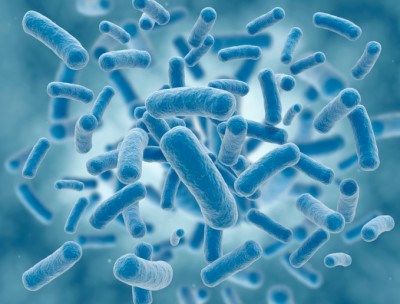 Think tiny organisms like bacteria and yeasts.
Think tiny organisms like bacteria and yeasts.
All the microbes inside you are collectively known as the microbiome. Think of the microbiome as the microbe club in your body.
You might think that having so many bacteria would be bad thing. After all, anti-bacterial hand sanitizers line the shelves of drug stores, but what if microbes aren’t as much of a problem as we think? In fact, what if it turns out you actually need microbes to get the benefits from your food, to help you breathe, to be less allergic and to stay healthy?
Researchers have found that, indeed, not all microbes are bad for you. We now know that without the bacteria we try so hard to avoid, your body actually can’t function.
That does not mean that all microbes are good for you though. That’s why we use antibiotics to kill bacteria for certain diseases. However, we’re only now starting to realize that ‘good’ microbes are essential to keeping you alive. And sometimes when we overuse antibiotics we end up killing the good microbes as well as the bad.
What does the microbiome do?
 For starters, without microbes helping to break down your food into microscopic bits, your body wouldn’t absorb the nutrients from the food you eat. That means keeping your microbiome healthy is a necessary part of getting the benefits from the healthy diet you eat.
For starters, without microbes helping to break down your food into microscopic bits, your body wouldn’t absorb the nutrients from the food you eat. That means keeping your microbiome healthy is a necessary part of getting the benefits from the healthy diet you eat.
Breaking down food is just one of the many roles your microbiome plays. Studies show that if you take the microbes from a healthy rat and put them in a sick rat (that’s called a ‘microbiome transplant’), the sick rat actually gets better. And researchers from the Human Microbiome Project at the National Institutes of Health say we’ve only scratched the surface of learning about the microbiome.
How does diet affect your microbiome?
Just like the rest of the systems in your body, your microbiome and diet are tightly linked.
We talked about how your microbiome helps break down food to absorb nutrients. It turns out that your microbiome also requires the nutrients from a healthy diet. A nutritious diet grows your microbiome and helps it become more diverse.
4 Steps to an Optimal Microbiome
1) Eat a good diet
Enjoy those plants. The more plant-based food you consume, the stronger your microbiome grows. Also, try fermented foods like kimchi, yogurt and miso. They contain probiotics: microbes that act like a microbiome power boost.
Do you have a long list of foods you love? Great! When you eat a variety of healthy foods, your microbiome becomes more diverse. That’s crucial because diversity in your microbiome helps your body stay resilient. If you fall sick and a certain type of microbe in particular is affected, having many different microbes may help you heal quicker.
2) Enjoy some exercise
This probably isn’t the first time you’ve thought about getting more exercise, and now there is a new reason to get out and move. Researchers have found that on top of all the other health benefits that exercise brings, it also builds your microbiome.
3) Get enough sleep
Let your body’s nighttime crew get to work. During deep sleep, you rebuild the cells damaged during the day. Sleep isn’t a luxury – it’s a smart investment.
4) Chill out
Stress causes a cycle in your body that you want to avoid. High stress levels strain many systems in your body including your microbiome.
 Because your microbiome and immune system are tightly linked, a strained microbiome weakens your immune system. When both your microbiome and immune system are under pressure, watch out. You are now getting into a cycle where the weakened microbiome and immune system causes more stress. When your stress increases, your microbiome suffers even more. And the cycle repeats.
Because your microbiome and immune system are tightly linked, a strained microbiome weakens your immune system. When both your microbiome and immune system are under pressure, watch out. You are now getting into a cycle where the weakened microbiome and immune system causes more stress. When your stress increases, your microbiome suffers even more. And the cycle repeats.
Take some quiet time for yourself each day. Try going for a walk around the block or just having two minutes of quiet when you pull into the driveway.
Chew On This
It’s actually easy to be healthy. When you eat well and get more exercise, your energy levels go up.
You’ll know when something feels good to your body. Turn what you are learning into a positive cycle: when you have good nutrition, you have more energy to exercise: when you exercise, you sleep better: when you sleep better, you don’t crave junk food: when you don’t eat junk food, your microbiome is healthier and you can absorb better nutrition. Repeat.
What have you heard about the microbiome? Tell us in the comments!
 About Dr. Heather Tick
About Dr. Heather Tick
Heather Tick M.D. has helped tens of thousands of Americans revitalize their health. A leader in integrative medicine, Dr. Tick combines both modern science and research-backed traditions of complementary medicine to help patients reach the peak of health.
Author of Holistic Pain Relief and an integrative pain practitioner for over 30 years, Dr. Tick serves at the forefront of research and teaching as a Clinical Associate Professor at the University of Washington in the departments of Family Medicine and Anesthesia & Pain Medicine, as well as a USANA nutrition expert.
We’re proud to bring you the freshest content on the web! Follow USANA on Twitter, like our USANA Facebook page and enjoy the latest videos on the official USANA YouTube channel.
 Learn what USANA is doing to make the world a better place.
Learn what USANA is doing to make the world a better place.
The future of personalized health and nutrition is now available with USANA’s True Health Assessment.

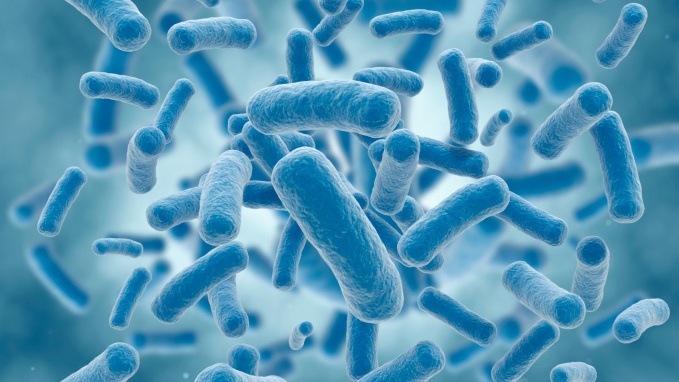
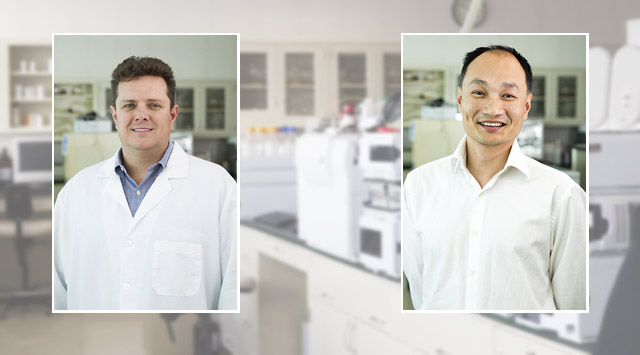
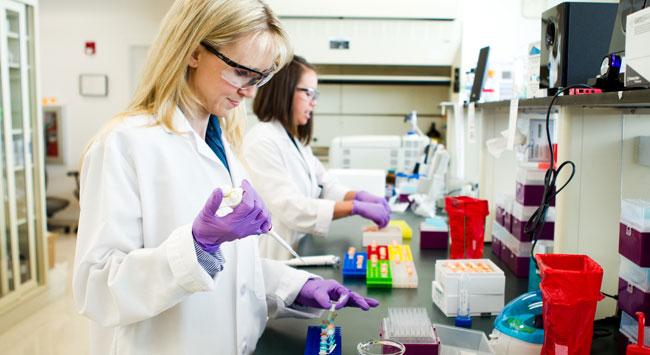


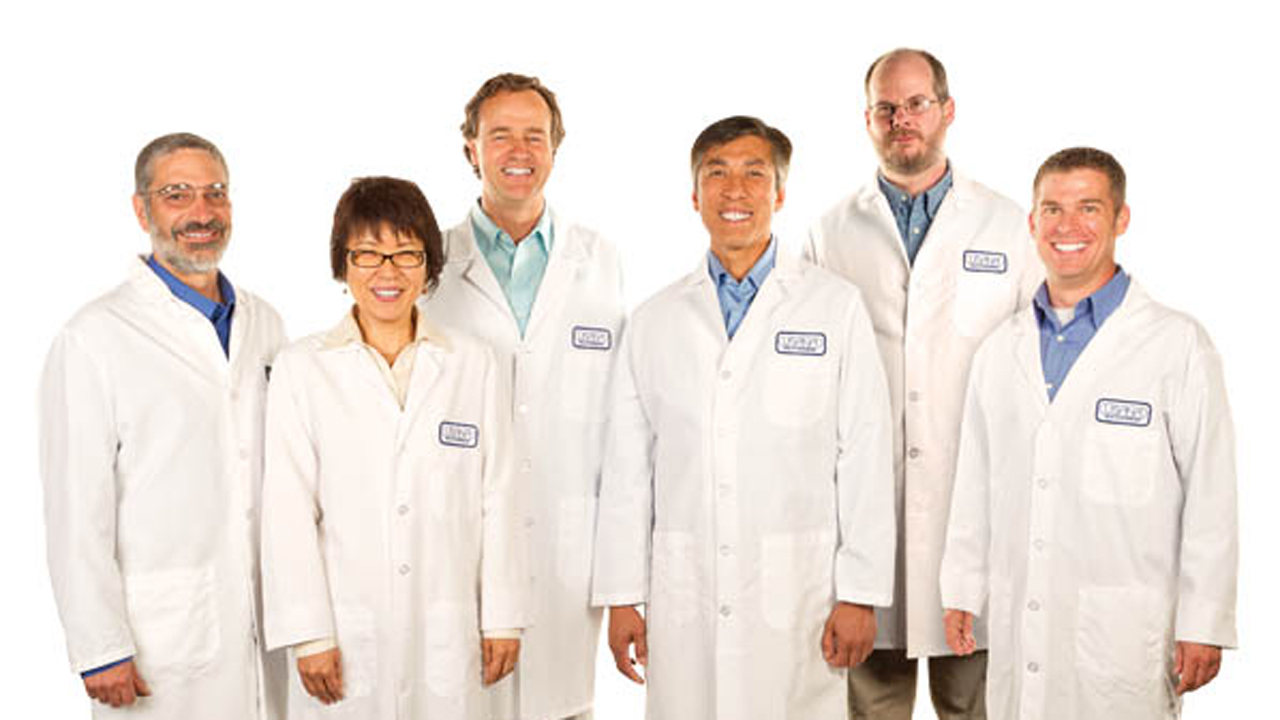

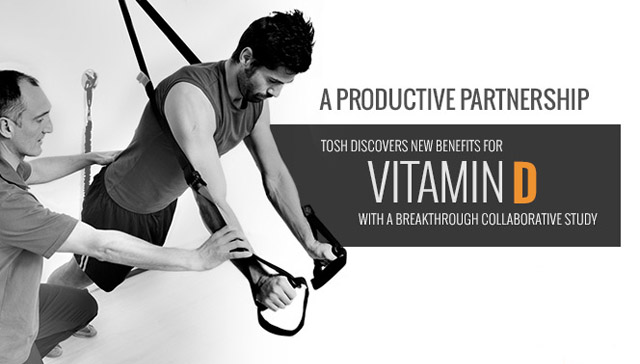
Thank you for this article. Very informative post on Optimal Microbiome.